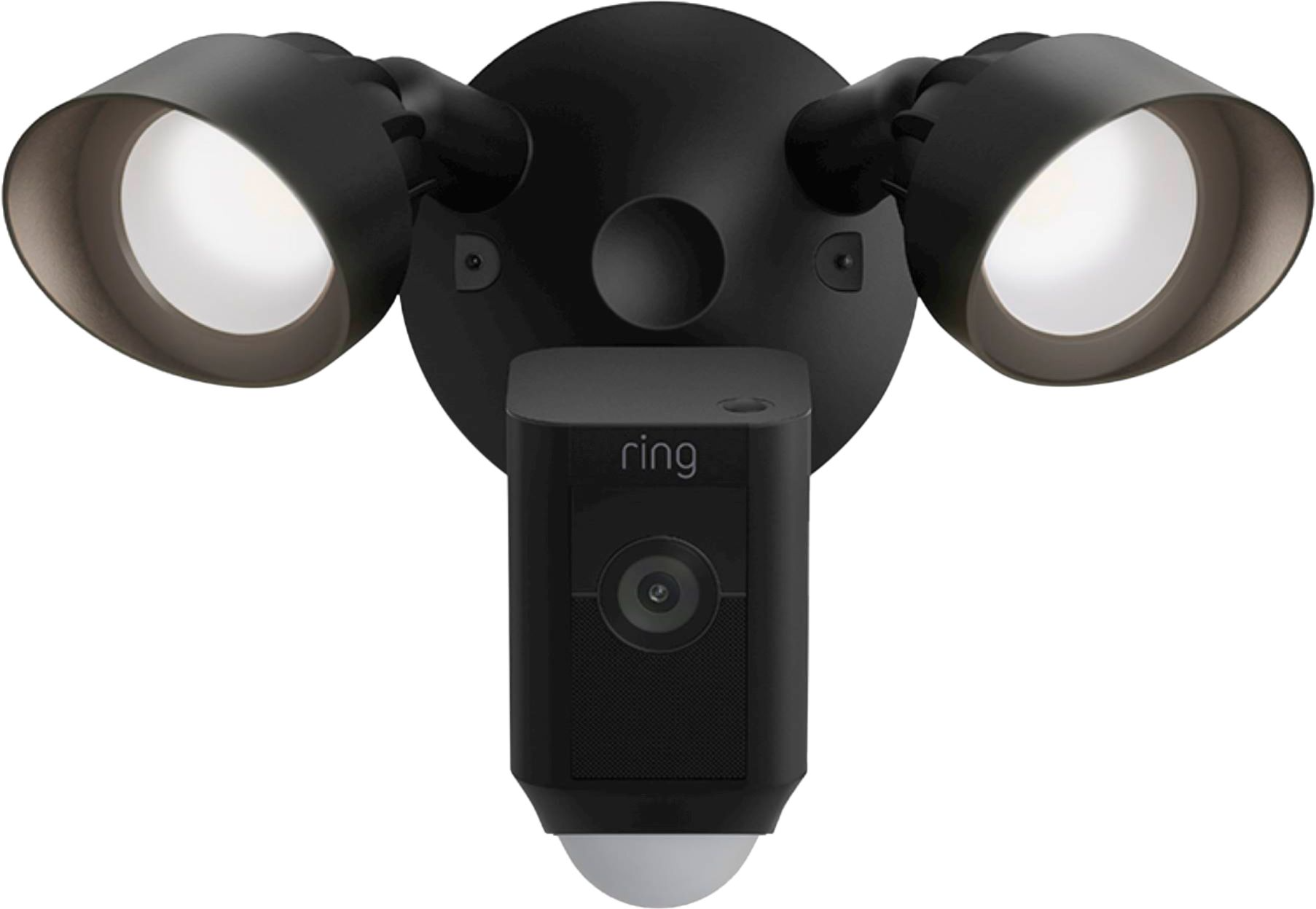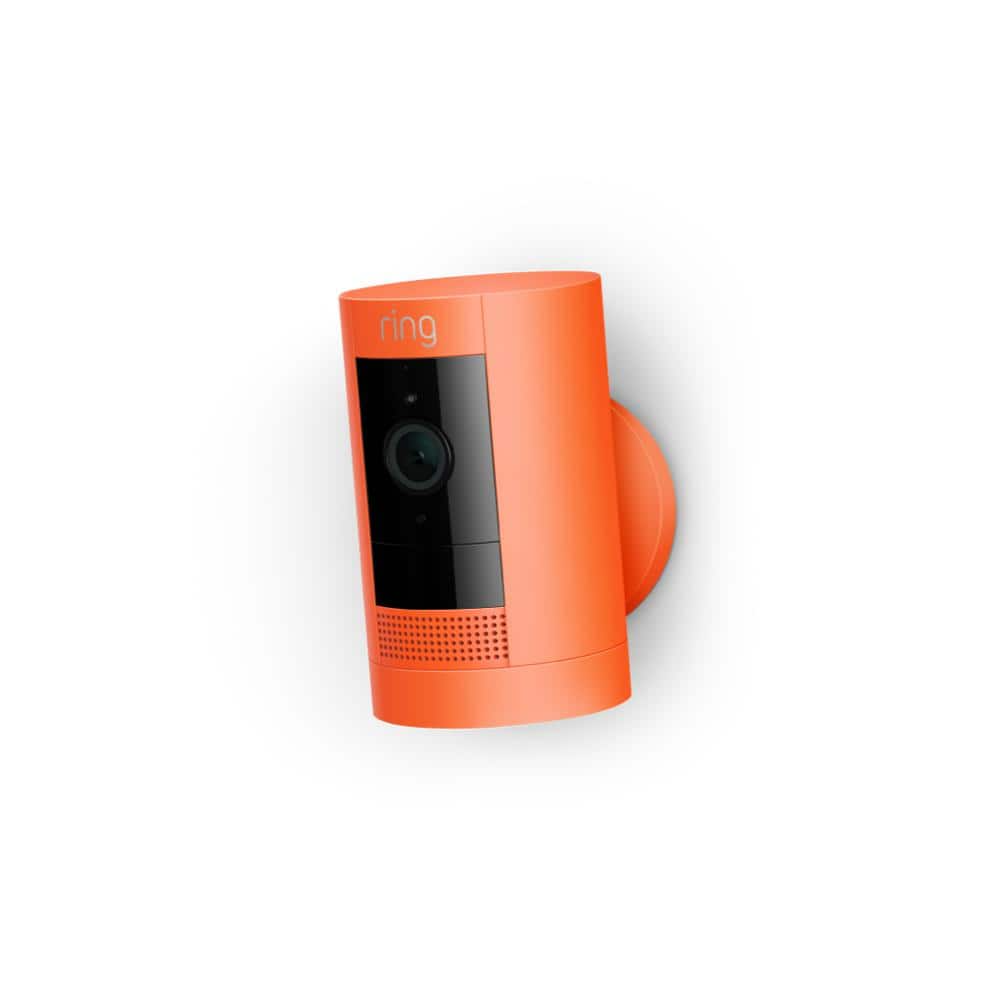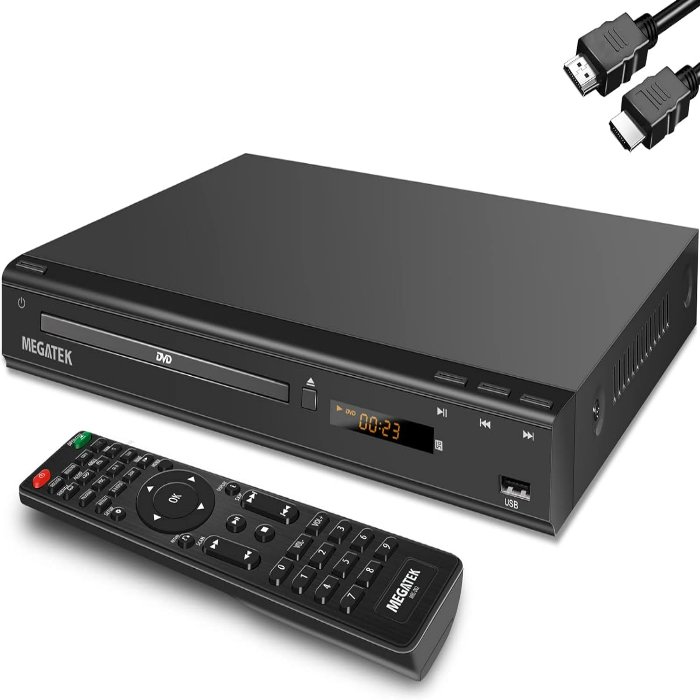Introduction
Ring security cameras have rapidly gained popularity among homeowners seeking to bolster their home security systems with the convenience and connectivity of smart technology. These internet-enabled devices offer a range of features, including high-definition video recording, motion detection, two-way audio, and seamless integration with mobile apps, providing real-time monitoring and peace of mind. However, as with any device that captures and stores sensitive data, Ring cameras raise important privacy and security concerns that users must carefully consider. This article delves into the key features, benefits, and potential risks associated with Ring security cameras, equipping you with the knowledge to make informed decisions about their implementation and use.

Key Features and Benefits
Ring security cameras are popular home security devices known for their ease of use, versatility, and seamless integration with smart home systems. Here are some key features and benefits of Ring security cameras:
High-quality video recording
Ring cameras provide crisp and clear footage with high-definition (HD) resolution, often up to 1080p or even 2K for certain models. They also offer night vision capabilities, allowing you to monitor your property around the clock with clear images even in low-light conditions.
Motion detection and alerts
The cameras employ advanced motion sensors to detect activity within their field of view. When motion is detected, they can send instant notifications to your smartphone via the Ring app, enabling you to quickly review the event and take appropriate action if necessary.
Two-way audio communication
Many Ring cameras feature built-in speakers and microphones, allowing you to have real-time conversations with visitors, delivery personnel, or even deter potential intruders. This functionality adds an extra layer of convenience and security to your home monitoring system.
Customizable motion zones
You can set up specific areas within the camera’s view for motion detection, reducing false alarms from irrelevant activities like passing cars or swaying trees. This feature helps ensure that you receive notifications only for relevant events occurring in the areas you care about most.
Weather-resistant design
Ring cameras are designed to withstand various weather conditions, including rain, snow, heat, and cold. This durability allows for both indoor and outdoor installation, providing comprehensive coverage for your entire property.
Wireless connectivity and easy installation
Most Ring cameras operate on Wi-Fi and can be installed without complex wiring, making setup quick and hassle-free. Many models come with mounting hardware and tools, allowing you to place them on walls, ceilings, or even use adjustable stands for flexible positioning.
Integration with Ring ecosystem and smart home platforms
Ring cameras seamlessly integrate with other Ring products, such as doorbells, smart lights, and alarm systems, creating a cohesive home security solution. Additionally, they can be connected to popular smart home platforms like Amazon Alexa and Google Assistant, enabling voice control and integration with other smart devices in your home.
Cloud storage and video history
Ring offers subscription-based cloud storage plans (Ring Protect Plans) that allow you to access, review, and share recorded footage for a specified period (usually ranging from 30 to 60 days). These plans also include features like person detection, which can distinguish between people and other moving objects, and Rich Notifications, which display a brief preview of the captured event directly in the notification.
Privacy controls and security features
Ring takes user privacy seriously and provides various controls to help you manage and protect your data. Features like Privacy Zones enable you to block out specific areas within the camera’s view, while end-to-end encryption ensures that your video streams and recordings are secure.
Privacy and Security Considerations
Video Surveillance and Personal Privacy
While continuous or motion-activated video monitoring provides an added layer of security, it also raises questions about personal privacy. Constant surveillance can potentially infringe on the privacy of household members and visitors. To strike a balance, carefully position cameras to avoid capturing areas where privacy is expected, such as bedrooms or bathrooms, and inform guests that your property is under video surveillance.
Data Storage and Access
Ring stores user footage on its servers, protected by encryption and accessible through the Ring app. It is crucial to understand Ring’s data retention policies, encryption standards, and the circumstances under which law enforcement or other third parties may request access to your footage. Regularly review and adjust your account privacy settings to align with your comfort level regarding data sharing.
Account Security Best Practices
Protecting your Ring account from unauthorized access is vital. Use a strong, unique password and enable two-factor authentication (2FA) to safeguard against cyberattacks. Regularly monitor your account for suspicious activity and promptly report any unauthorized access attempts to Ring support.

Third-Party Access and Partnerships
Ring has formed partnerships with law enforcement agencies in the past, which raised concerns about warrantless access to user footage. While Ring has since revised its policies, users should stay informed about any data-sharing agreements and adjust their privacy preferences accordingly. Exercise caution when granting third-party apps or services access to your Ring account, as their security and privacy practices may vary.
Software Vulnerabilities and Updates
Like all technology, Ring cameras may have software vulnerabilities that could be exploited by hackers. Regularly update your camera firmware and the Ring app to ensure you have the latest security patches and bug fixes. Stay informed about security advisories and promptly apply any recommended updates.
Audio Recording and Legal Compliance
Many Ring cameras feature two-way audio, enabling communication with individuals near the camera. Be aware of local laws governing audio recording, as some jurisdictions require consent from all parties involved. Clearly inform visitors that they are being going to record both audibly and visually to respect their privacy rights and comply with applicable laws.
Neighborhood Sharing and Social Features
The Ring app includes features like Neighbors, a social network where users can share footage and discuss local crime and safety incidents. While this can foster a sense of community vigilance, it may also lead to oversharing of personal information or unwarranted suspicion. Use these features responsibly, respecting others’ privacy and avoiding contributing to a culture of excessive surveillance.
Children’s Privacy
If you have children or frequently host children at your home, consider the impact of constant video monitoring on their privacy. Position cameras thoughtfully, avoiding areas where children would expect privacy, and utilize privacy zones within the Ring app to exclude sensitive areas from recording.
Conclusion
Ring security cameras offer a powerful combination of advanced features and convenient connectivity, enhancing home security and peace of mind for many users. However, their use comes with inherent privacy and security considerations that must be carefully going to manage. By understanding the key features, benefits, and potential risks associated with Ring cameras, you can make informed decisions about their implementation, maintain robust account security, and respect the privacy rights of yourself, your family, and your community. Stay vigilant, regularly review and adjust your privacy settings, and stay up-to-date with Ring’s policies and security updates to ensure your smart home security system remains both effective and respectful of privacy.





